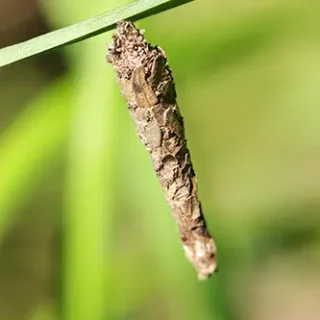Eastern Tent Caterpillar in McAlpin
Especially in the late spring and early summer, eastern tent caterpillars become a problem for property owners in McAlpin. These pests are known for feeding on a variety of trees—all while building large silken webs that can reach well over a foot in length. These “tents” are where they get their name from, and on their own, they can be quite concerning; however, the real problem with the caterpillars is that they can quickly defoliate trees and cause them to become unhealthy or die.
Eastern Tent Caterpillar Habitat
Most people notice eastern tent caterpillars after they construct large silk tents in the branches of trees. While these tents are often mistaken for spider webs, they actually serve as a shelter for the larvae to feed and grow. The caterpillars emerge from their tents to feed on leaves during the day and return to their tents at night, which allows them to stay warm and protected while resting. As the caterpillars grow, they may expand or relocate their tents to accommodate their increasing numbers.
Eastern Tent Caterpillar Behaviors, Threats, or Dangers
Despite the frightening silk tents, these caterpillars don’t pose much of a threat to anything outside of trees. Not only are their tents unsightly, but their feeding habits can also lead to significant defoliation. When populations are high, they can cause severe damage to trees that your landscape may have a hard time recovering from. If you’ve come across silken webs in your trees and are worried that these pests might be damaging your property, contact an expert like those at Live Oak Pest Control for help protecting your landscape.
Need help with Eastern Tent Caterpillar control?
Need Pest Control Service?
Leave your information below and we’ll be in touch with a FREE quote!
"*" indicates required fields
*During normal business hours. After hours calls will be returned the next business day.





